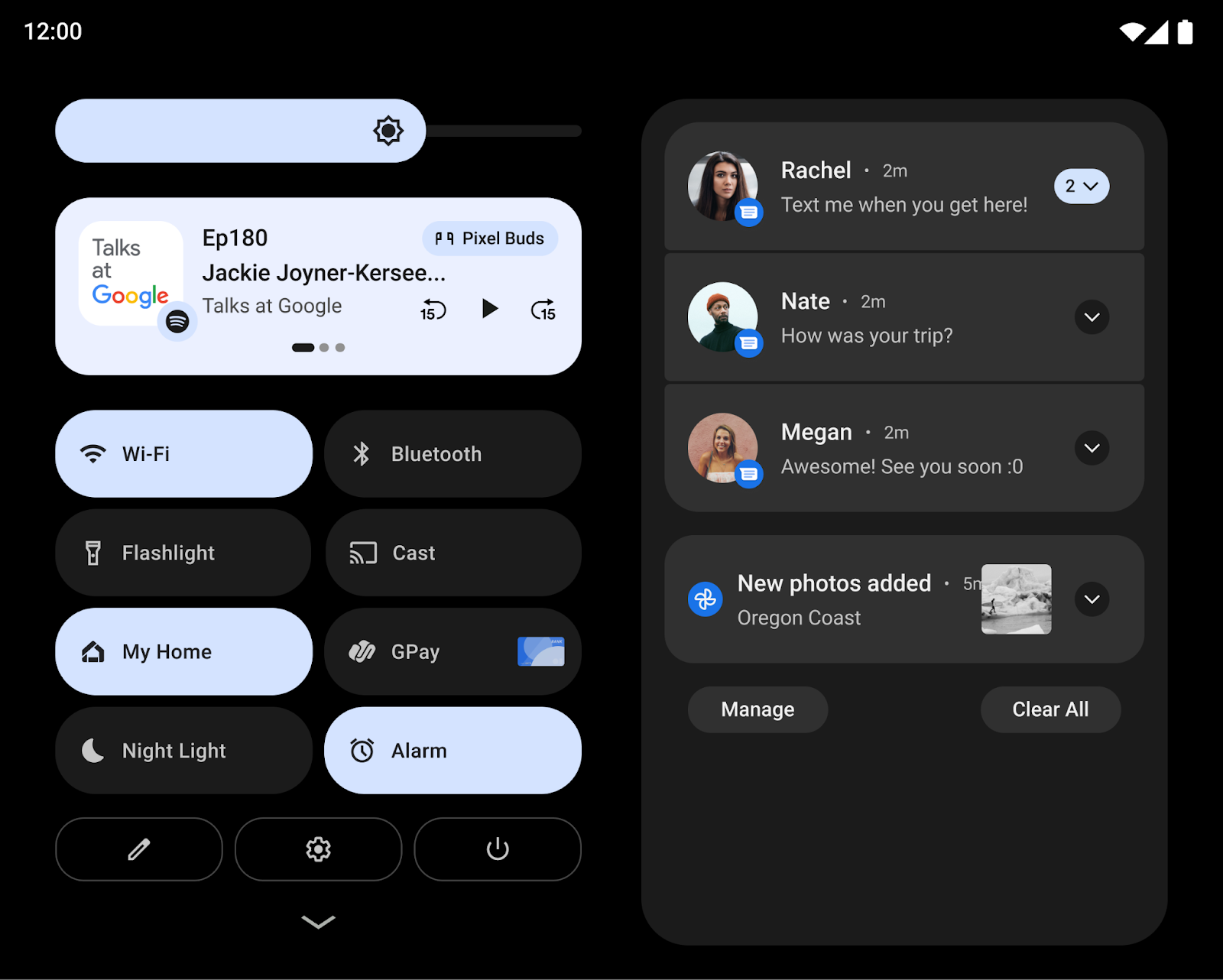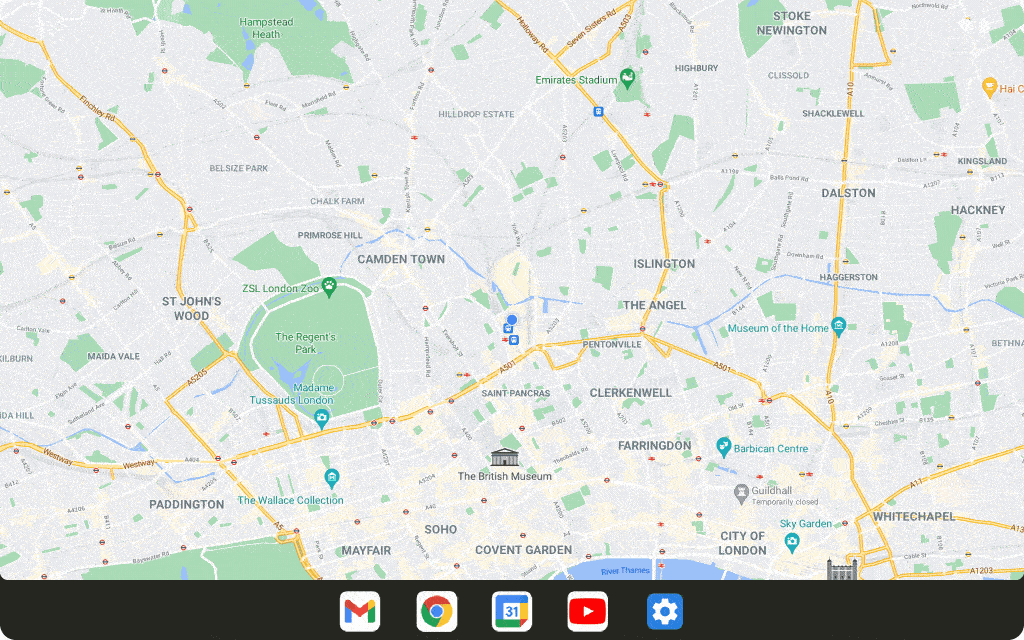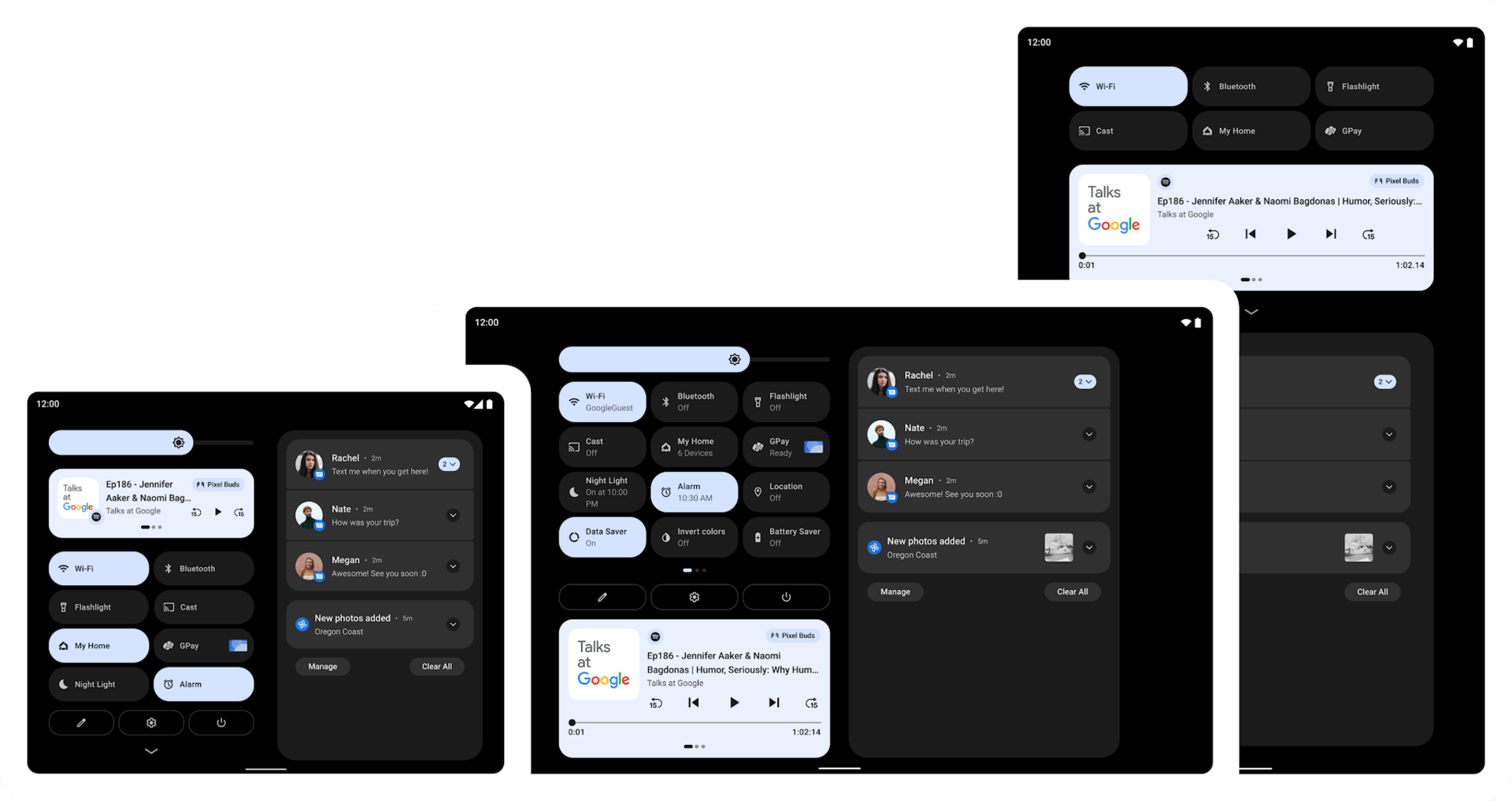Why it matters: Android 12 is a significant visual overhaul over previous iterations, showcased by Google on its latest Pixel 6 phones. It's so different, in fact, that the company is planning to release a special Android 12L variant that's optimized for large screen devices like tablets and foldables. Think of it like the iPadOS of the Android world, which, if given enough attention from Google, third-party OEMs and end-users, could make Android tablets interesting again.
There are several reasons why iPads occupy three of our best tablet categories, and the most convincing of them is Apple's iPadOS. Although Android tablets have tried to keep up over the years in terms of hardware and design, their lackluster software experience makes them unworthy of consideration for most users outside of the die-hard Android fan or a strictly budget buyer.
Google's lack of attention to this form factor and hit-or-miss execution is partly to blame, but the situation could soon turn around with Android 12L: A special Android 12 variant with Material You design language for large screens featuring an optimized system UI, better multitasking and improved app compatibility support.
Arriving in early 2022 as a 'feature drop' for Android 12 tablets, foldables and Chromebooks, Google notes that Android 12L will make the interface 'beautiful and easier to use' across multiple areas like notifications, quick settings, home screen and overview.

This includes using a two-column layout for notifications and quick settings to pack more content and functionality on bigger screens. For better accessibility, the lock screen will now have the PIN and pattern unlock controls displayed on the side of the screen, allowing the user to tap an empty side to move these controls over to it. Foldables will also benefit from a refined home screen grid and improved fold-unfold transitions for a seamless user experience.
Moreover, these devices will now get a taskbar at the bottom for easier multitasking and app switching. The taskbar will make it easier to enter split-screen mode by allowing users to simply drag and drop an app from the taskbar to the main screen. Google notes that from Android 12 onwards, all apps will be able to enter multi-window mode as well.

For third-party apps running in compatibility mode, developers will now be able to fine-tune the letterboxed UI by adjusting the app aspect ratio, applying rounded corners and setting the status bar transparency.
Google says the Play Store will also highlight optimized apps for large-screened devices, alongside a more stringent quality control process that will warn users if an app is not optimized for their device. Android 12L is expected to release early next year, with a developer preview (guidelines and an emulator) now available for developers to get their apps ready for prime time.
